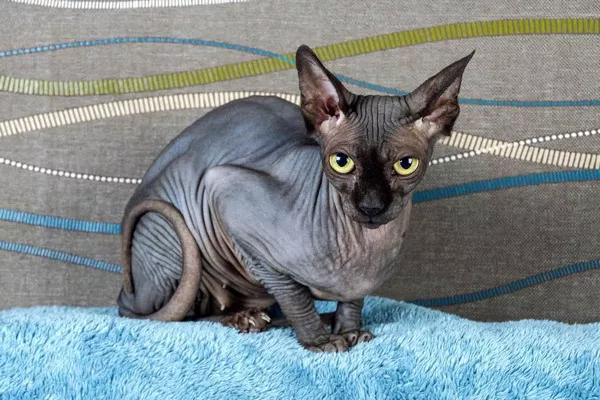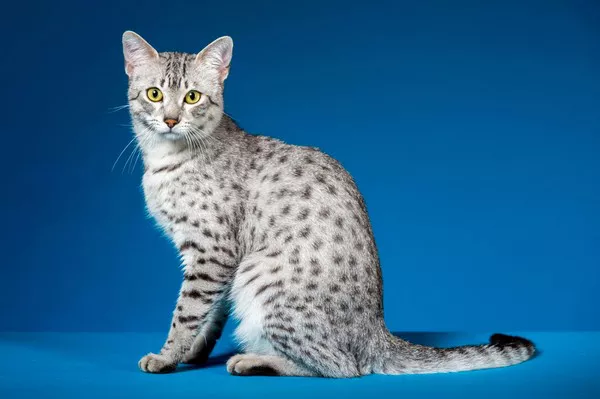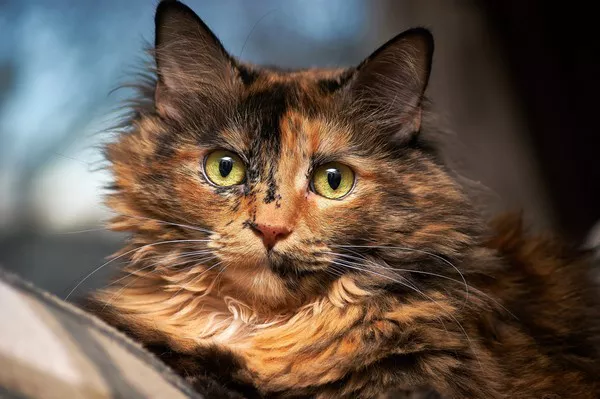Hairless cats, often referred to as “naked” or “hairless” breeds, have gained popularity among feline enthusiasts. From the Sphynx to the Peterbald, these unique felines come with their own set of characteristics and care requirements. However, there are prevalent misconceptions surrounding their upkeep and overall well-being. In this article, we aim to explore the truth about hairless cats and provide an in-depth understanding of their care needs.
Understanding Hairless Cat Breeds:
1. The Sphynx: The iconic breed known for its complete absence of fur.
2. The Peterbald: A relatively newer breed with varying degrees of hairlessness.
3. Other Hairless Breeds: Bambino, Donskoy, Ukrainian Levkoy, etc.
Dispelling Myths:
1. Myth: Hairless cats are hypoallergenic.
Reality: While hairless cats produce fewer allergens, they are not entirely hypoallergenic. Allergies can still occur due to cat dander, saliva, or urine.
2. Myth: Hairless cats require no grooming.
Reality: Hairless cats do not shed like their furry counterparts, but they still require regular grooming to maintain healthy skin and prevent oil buildup. Regular bathing, ear cleaning, and nail trimming are essential.
Unique Care Requirements:
1. Skin Care:
Protecting from Sunburn: Hairless cats lack natural protection from the sun and should be kept indoors during peak hours or provided with a safe outdoor environment.
Moisturization: Due to their lack of fur, hairless cats need regular moisturizing to prevent dry skin and protect against extreme temperatures.
2. Temperature Regulation:
Maintaining Warmth: Hairless cats have higher body heat loss than other breeds, making it crucial to provide them with a warm environment, including cozy blankets and heated beds during colder months.
Avoiding Overheating: In warmer climates, air conditioning or fans should be used to prevent overheating.
3. Diet and Nutrition:
High-Calorie Requirements: Due to their fast metabolism, hairless cats need a well-balanced, nutrient-rich diet to maintain energy levels and body warmth.
Preventing Weight Gain: Regular feeding schedules and portion control are essential to prevent obesity as hairless cats can overeat.
4. Sunscreen Application:
Protecting from Harmful UV Rays: Hairless cats’ sensitive skin is prone to sunburn and skin damage. Applying pet-safe sunscreen is crucial when allowing them limited outdoor exposure.
Health Considerations:
1. Increased Susceptibility to Skin Conditions:
Feline Acne: Hairless cats are prone to develop acne due to oil buildup on the skin.
Sunburns and Skin Cancer: Without fur protection, hairless cats are susceptible to sunburns and skin cancer, necessitating regular veterinary check-ups.
2. Dental Care:
Regular Teeth Cleaning: Hairless cats are more prone to dental issues, such as tartar buildup and gum diseases, requiring routine oral hygiene practices.
Social Interaction and Mental Stimulation:
Emotional Well-being: Hairless cats thrive on social interaction and require plenty of attention and playtime to prevent boredom and loneliness.
Conclusion:
Hairless cats may have unique care requirements compared to their furry counterparts, but they are not inherently difficult to care for. With proper education and understanding, providing optimal care for these extraordinary felines becomes less daunting. By dispelling myths and acknowledging their specific needs, potential owners can make informed decisions and ensure a happy, healthy life for their hairless companions.


























